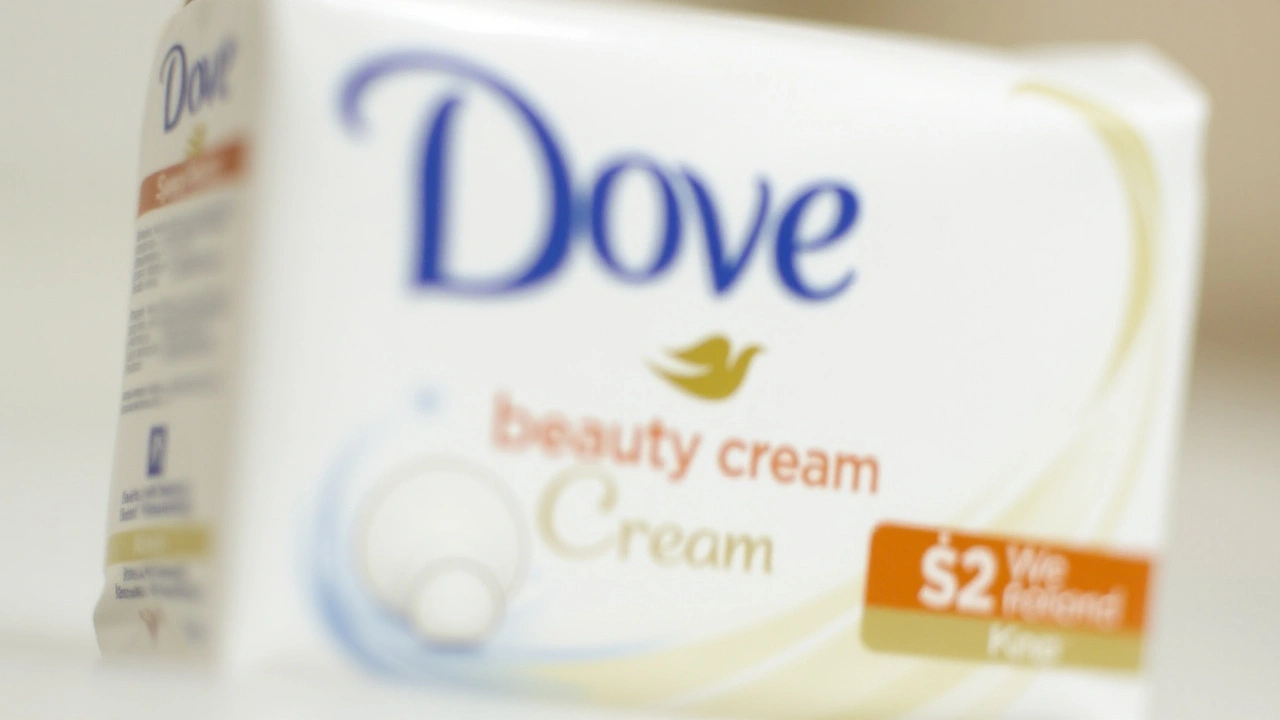Consumer Safety in Urban Agriculture – Simple Tips for Healthy City Food
Living in a city doesn’t mean you have to sacrifice fresh, safe food. More people are growing veggies on balconies, rooftops, and community plots, but safety can slip through the cracks if you aren’t careful. Below you’ll find clear, everyday actions that protect you, your family, and the neighborhood.
Why Consumer Safety Matters in City Farming
Urban soil often carries hidden contaminants – heavy metals from traffic, old paint, or construction dust. When you plant directly in the ground, those pollutants can end up in the lettuce you eat. This isn’t just a theoretical risk; studies in several African cities have linked heavy‑metal exposure to higher blood pressure among residents.
Water is another weak spot. Tap water isn’t always filtered, and rainwater can collect roof chemicals. If you use contaminated water, plant roots absorb the bad stuff, and you end up with unsafe produce.
Finally, pesticide use is tempting for a quick harvest, but many chemicals are not approved for home gardens. Even “natural” sprays can harm beneficial insects and leave residues on the food you serve.
Everyday Steps to Keep Your Food Safe
1. Test Your Soil. Before you plant, get a simple soil test kit from a garden store or send a sample to a local lab. Look for lead, cadmium, and arsenic. If levels are high, use raised beds with clean compost or buy ready‑made potting mix.
2. Choose Safe Water Sources. Use filtered tap water or collect rainwater in clean barrels that are covered to prevent bird droppings. If you’re unsure, let the water sit for 24 hours and then run it through a fine cloth before watering.
3. Compost Correctly. Compost turns kitchen waste into nutrient‑rich soil, but it must reach 55‑65 °C to kill pathogens. Turn the pile regularly and monitor the temperature with a cheap thermometer.
4. Pick Low‑Risk Crops. Leafy greens absorb more contaminants than fruiting plants. If your soil quality is questionable, start with beans, peppers, or tomatoes that keep most of their root intake below the edible part.
5. Use Integrated Pest Management (IPM). Instead of spraying chemicals, bring in beneficial insects, apply neem oil sparingly, or use physical barriers like row covers. IPM reduces chemical residues and keeps the garden ecosystem balanced.
6. Harvest at the Right Time. Over‑ripe produce can attract insects that leave waste on the leaves. Pick vegetables when they’re firm and store them in the fridge within two hours of harvesting.
7. Wash Thoroughly. Rinse veggies under running water for at least 30 seconds. For leafy greens, soak them in a bowl of water with a splash of vinegar, then rinse again.
8. Store Properly. Keep most vegetables in the crisper drawer of your refrigerator, and avoid exposing them to direct sunlight. This slows down spoilage and limits bacterial growth.
Following these steps doesn’t require a garden degree – just a bit of attention and a few simple tools. By testing soil, using clean water, composting right, picking smart crops, and applying low‑impact pest control, you turn a city balcony into a safe food source.
Remember, consumer safety is a habit, not a one‑off task. Check your soil every season, rotate crops, and stay curious about the latest low‑cost testing kits. Your health, your family’s health, and even the neighborhood’s reputation depend on the small choices you make today.
Ready to start? Grab a soil test kit, set up a raised bed, and watch your urban garden become both tasty and trustworthy.






